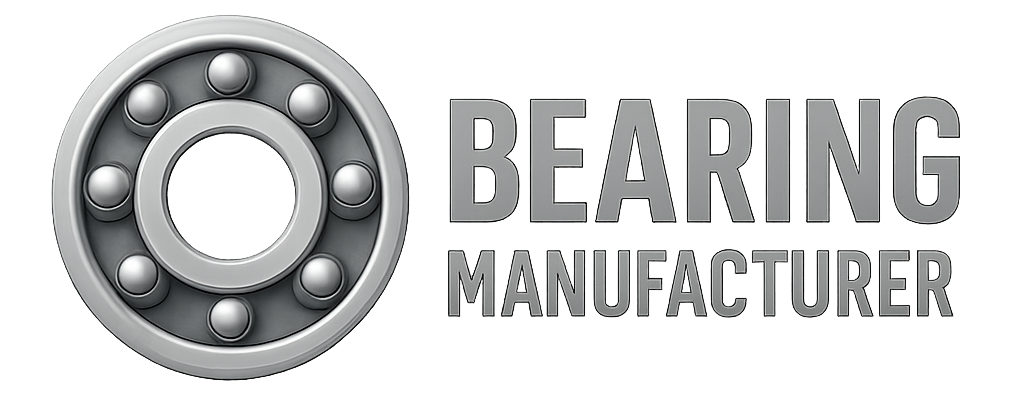Low temperature bearings, also referred to as cryogenic bearings, are engineered to perform in extreme cold environments between -40°C and -120°C. These specialized bearings are essential for industries where standard bearings would seize or fail, including aerospace, deep sea exploration, and liquid nitrogen systems.
1. Materials of Low Temperature Bearings
Low temperature bearings are produced in different materials to match varying performance needs:
-
52100 Chrome Steel bearings – Operational down to approximately -60°C; cost-effective and widely used.
-
Stainless steel bearings – Also suitable to around -60°C, with enhanced corrosion resistance.
-
Ceramic bearings (ultra-low temperature) – Capable of withstanding -90°C to -120°C; ideal for cryogenic and space applications.
Some ultra-low temperature bearings incorporate specialized patented grease with high viscosity and a low pour point, ensuring smooth operation even in deep cryogenic conditions.
2. Advantages of Low Temperature Bearings
Conventional bearings typically reach their limit at around -40°C, at which point lubricant crystallization can freeze the bearing. Low temperature bearings are specifically designed to:
-
Maintain smooth rotation without freezing.
-
Resist brittleness and dimensional changes caused by extreme cold.
-
Deliver consistent, long-term performance in harsh environments.
3. Applications of Low Temperature Bearings
-
Aerospace – Critical for control systems, navigation instruments, and other components exposed to extreme altitudes.
-
Deep sea exploration – Ensures reliable performance for underwater vehicles operating in sub-zero conditions.
-
Liquid nitrogen equipment – Prevents temperature-related damage and maintains operational stability.
4. How to Choose Low Temperature Bearings
a) Operating Temperature
Match the bearing to your lowest expected operating temperature:
-
52100 Chrome Steel bearings: down to ~ -60°C
-
Stainless steel bearings: down to ~ -60°C
-
Ceramic bearings: down to ~ -90°C to -120°C
b) Load Capacity
Select bearings that can handle the maximum load in actual operating conditions to avoid premature wear or failure.
c) Lubrication
Opt for lubricants with a low pour point and stable viscosity in cold conditions. Bearings pre-greased with ultra-low temperature grease can simplify maintenance and improve reliability.
d) Material Compatibility
Ensure bearing materials are compatible with surrounding components to prevent galvanic corrosion or thermal mismatch.
Conclusion
Low temperature bearings offer dependable operation in conditions where standard bearings fail, making them indispensable for extreme-environment applications. By considering factors such as temperature range, load capacity, lubrication, and material compatibility, engineers and buyers can select the right low temperature bearings for their needs. Working with a reliable supplier ensures optimal performance and compliance with industry standards.
